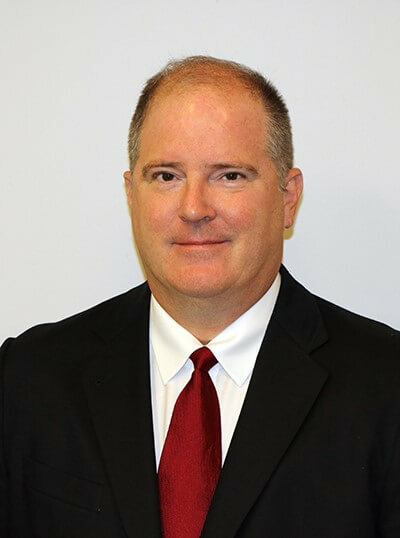Most Common Problems & Answers
Q: What are some typical problems with size reduction equipment, and how can they be addressed?
A: Chris Nawalaniec, Stedman Machine Company, says:
The following are some typical size reduction equipment problems and some advice to address these issues.
Problem: Wear part costs are too high?
- Turn the faces of your wear parts or exchange these issues with those from other areas of the equipment that don't wear as much.
- Run crushing tests with your material on various equipment types. Testing also yields important information about the size reduction process such as particle size distribution before and after crushing, moisture content (which changes during crushing, affecting the material's handling characteristics), power consumption, and estimated wear cost (in terms of how frequently metal parts must be replaced). The test will also determine how well the equipment handles your material's other characteristics, such as friability, abrasiveness, plasticity, and heat sensitivity.
- Look for unusual wear patterns on parts to detect feed or discharge problems that can be addressed.

Problem: Energy costs are too high?
- Properly feed the crusher. The feed may not be evenly distributed across the crusher face, or it may not be at the proper choke amount. The feed may not be entering the crusher at the proper angle as it shouldn't initially hit the rotor directly.
- Try using one machine that can do the entire size reduction job, which will save money and improve your process. Cage mill crushers can achieve up to 40-to-1 size reduction ratios.
Problem: Labor costs are too high?
- You may be spending too much time unclogging the machine. Moisture can cause material buildup, which can clog the crusher and require long hours of maintenance to clear the crusher. Air cannons can release material clogging impact aprons and impact anvils. If your feed entry chute is clogging because of sticky material, heaters can be used to cause material to slide off the feed entry chute.
Problem: Production levels are too low?
- You may consider installing a screener prior to the crusher to remove on-size particles from the raw material. This reduces wear on the crusher and minimizes the number of times the material is handled, resulting in a higher profit per ton of material.
- Impactors can offer a higher production rate without the need for screens if you can afford to have some oversize product.
Problem: Equipment is high-maintenance?
- Hammermills may require more maintenance than you prefer. Substituting an impactor is a lower-maintenance choice.
- Also, a cage mill may be able to reduce your two-stage process to a single-stage size reduction process.
Problem: Equipment isn't used enough?
- Consider toll processing. Most size reduction equipment suppliers also offer toll crushing services for a fee, which can be valuable in the right circumstances. For instance, you may need toll crushing to help develop a new product or improve or develop a process before investing in new equipment. You may also require toll crushing to meet an intermittent need (such as once per quarter) for crushed material or to obtain crushed material if your company has limited capital for purchasing size reduction equipment.
Problem: Equipment is too dangerous?
- Explosive materials (very fine airborne dust particles) are often the cause for safety concerns. Introducing water after crushing can offer a solution. In extreme cases with extremely explosive material, water may need to be introduced before crushing but that will increase wear.
Problem: Equipment service is poor?
- A well-maintained crusher will last 20 to 30 years, and your supplier should provide assistance throughout its lifetime. You should have documentation to refer to on startup, commissioning, and training and keep recommended spare parts in stock.
- Make sure your equipment supplier offers the continuing service you need. Around-the-clock service can be invaluable for emergencies and to address safety concerns.
Problem: Equipment costs are too high?
- Consider how the crusher affects the process's total energy requirement. For instance, can the crusher you're using yield product with a narrower size range that requires less downstream processing?
- Cost per ton factors into your product's value. Gold slag obviously requires reclamation but wear part costs can be a 100 times more than for a limestone application.
Selecting the proper size reduction method is part science and part experience, and troubleshooting equipment and process problems can be just as difficult. Maintaining your relationship with the supplier over the long-term will also help you stay abreast of new size reduction technology. This will help your operators and maintenance workers evaluate whether updating your equipment or process can improve your product quality, increase the production rate, or reduce your operating costs.
